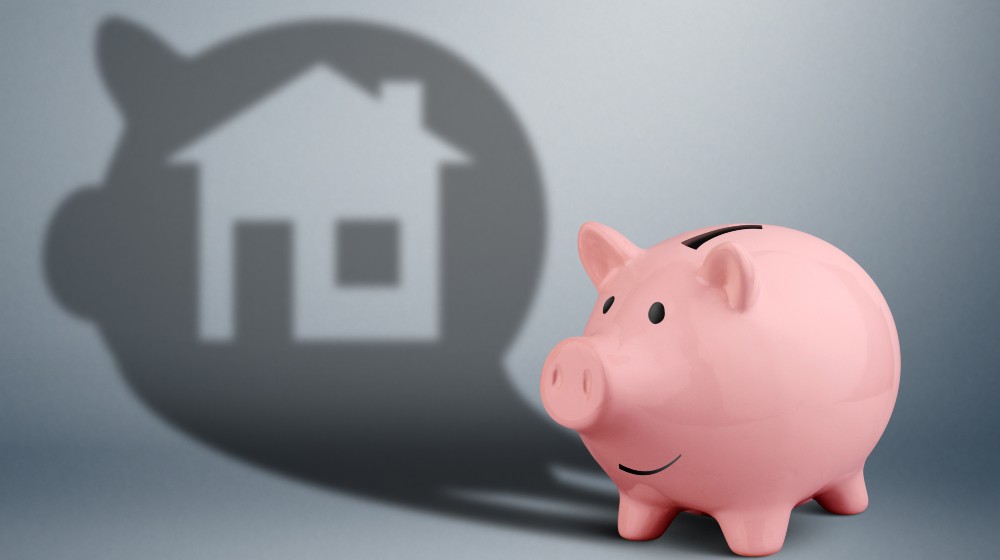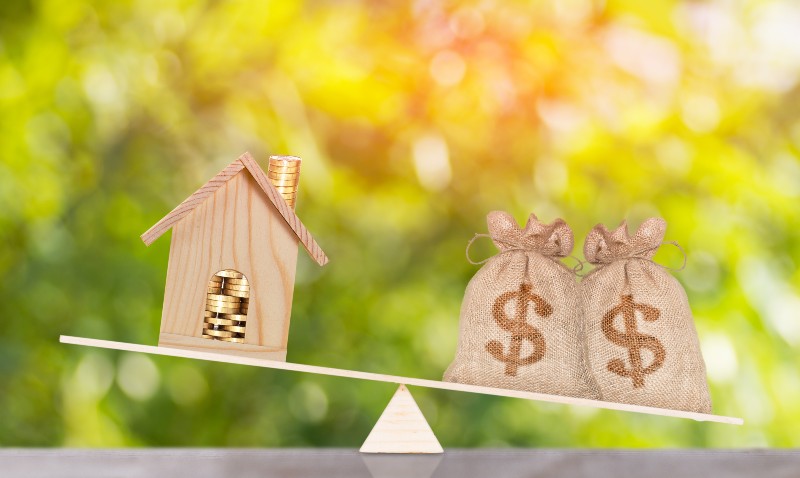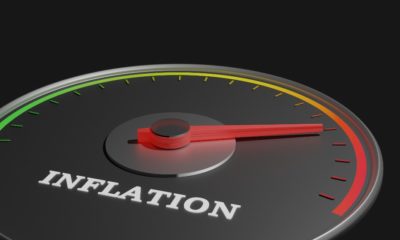Debt
Total US Household Debt Reaches $15 Trillion For The 1st Time

Total US household debt breached the $15 trillion mark for the first time during the third quarter this year. Rising inflation is making Americans spend more on the same amount of goods. Meanwhile, high prices are pushing outstanding balances for home and auto purchases.
RELATED: US Household Debt Reaches $14.6 Trillion, Highest Since 2007
Rising Mortgage and Auto Payments Pushing Up US Household Debt

During the third quarter, mortgage payments rose 2.2% to nearly $10.7 trillion. Meanwhile, auto installments increased by $28 billion. Altogether, US household debt increased by $286 billion, a 1.9% increase from the previous quarter.
This brought the total to $15.24 trillion, the first time that the US exceeded $15 trillion. As a result, US household debt growth became 6.2% higher compared to the same period in 2020.
The report issued by the Federal Reserve covered the months between July to September. This is the period where US economic growth stumbled out of the gate with a 2% annualized rate. Concerns over surging inflation during a pandemic-flavored slowdown led to lesser activity.
More Americans Took Out Loans
Total US housing debt increased to $1.11 trillion in new mortgages. More than 66% of all borrowers carried credit scores of 760 and above. Meanwhile, only 2% of loans went to subprime borrowers.
According to the Census Bureau, median housing prices went up nearly 20% during the quarter. This translates to an average price of $404,700 for a house.
Meanwhile, educational loan debts went up by $14 billion to total $1.58 trillion. With schools reopening in the third quarter, more students went back to college and back to lenders.
Despite the pandemic, only 5.3% of the loans were in serious danger of defaulting. Thankfully, the government extended its student debt moratorium until January 31, 2022.
Credit Card Balances Increased by $17 Billion
At the same time, credit card debt balances went up by $17 billion to $800 billion for the quarter. The latest results showed a renewed increase by households to take on debt. Last year, many families began paying off their credit card balances.
According to New York Fed research officer Donghoon Lee, it’s back to normal for credit card debt. “As pandemic relief efforts wind down, we are beginning to see the reversal of some of the credit card balance trends seen during the pandemic,” Lee said.
Last year, many households chose to reduce consumption and began paying off balances. As the pandemic eases, Lee said that card credit usage is on the rise again, “although from lower levels.”
Despite HIgher US Household Debt, Delinquency Rates Stay Low
Officials stressed that even with the rising debt loads, delinquency rates remain low. IN fact, they’re even declining. Americans can thank stimulus payments during the pandemic.
These windfalls led to bigger savings and more disposable income for many Americans. Credit scores for mortgage originations “remain very high,” the report said.
However, many people are now sporting slightly lower scores since the pandemic’s early days.
Meanwhile, new auto loans totaled $199 billion. This was a slight loss from the previous quarter’s performance. However, the new total reflected external factors such as higher loan amounts as new car prices.
In fact, car prices went up by 8.7% in September compared to a year ago. More disturbing is the price of used vehicles. Used cars and trucks now cost around 25% compared to 2020.
Watch the Urgent News video reporting that Americans have never been in so much debt:
What do you think of the increasing rate of US household debt? Is this a good sign or otherwise?
Let us know what you think about higher debt rates for ordinary Americans. Share your thoughts in the comment space below.
















3 Comments
The prices of food and just about everything else is outrageous not because of the pandemic but simply GREED. It’s time for the Government to step up and put a stop to the Greedy. Lower the blanking prices.
Not to worry. Biden had it under control. His solution? Investigate prize gouging. Can’t teach an old dog anything new
BIDEN HAS BEEN THE MAIN FACTOR IN EVERY NEGATIVE EVEN IN THE PAST 2 YEARS. HIS DEATH WILL BE A JOYOUS HOLIDAy